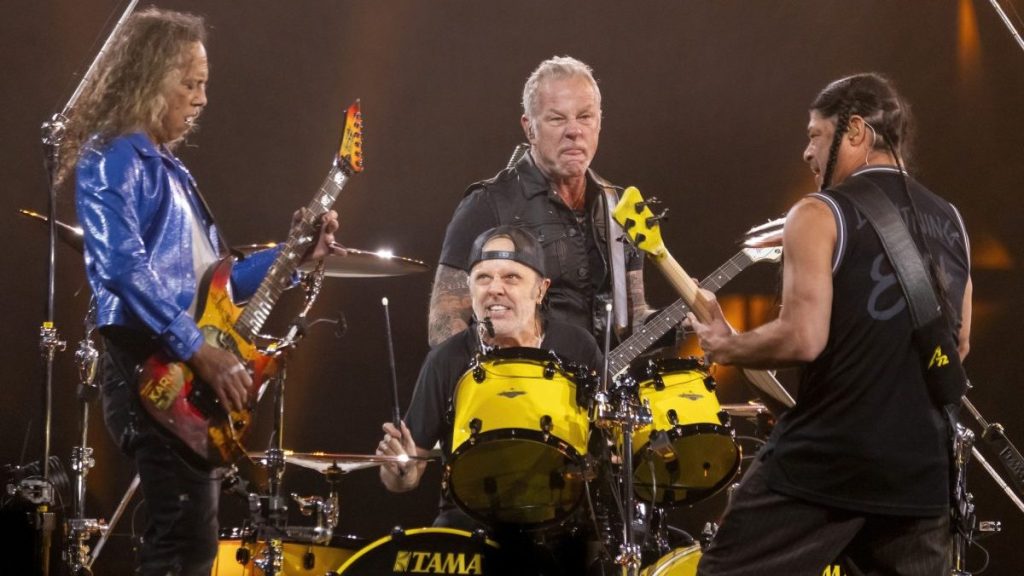In the first scene of Paul Takes the Form of a Mortal Girl, main character Paul Polydoris is trying to figure out what to wear. He’s going to a punk show at local Iowa City venue Gabe’s Oasis, and needs to exude the exact right vibe: as the book’s first paragraph attests, “Tonight, for example, Paul needed to know what fucking was like for girls.”
Paul settles on a pair of black vinyl trousers, once liberated from that nucleus of New York kitsch, Trash & Vaudeville, but something’s missing. His roommate lends a sparkly pink top – that’s more like it – and his look is almost complete. The only other accessories needed are a pair of soft breasts, a vagina where his dick was and long hair: Paul can change his body in these ways at will, and does. As he examines himself in the mirror, he observes that he is “Ginsberg and Streisand and Kim Gordon all rolled into one.” Like God, stopping for a cigarette break after creating the earth to admire his handiwork, Paul sees that it is good.
Videos by VICE
Gender presentation and performance – and the ways Paul’s ever-reshaping body allows him to challenge both – are central to Paul Takes the Form of a Mortal Girl, the first novel by writer Andrea Lawlor. As Paul careens around the the LGBTQ scenes of 90s America, from Iowa City to San Francisco, he becomes whoever he wants to be, in whatever way each moment might require – whether that’s riot grrrl or trade. It’s not surprising, then, that music – which helps so many people find their identities, and which signposts communities – is also absolutely intrinsic to the book’s narrative and mis-en-scène.
Throughout the novel, artists from George Michael to Hole to Pansy Division are alluded to – sometimes casually, in the background; always there, setting the tone, telling us about the situation and the kind of people who are in it, and lending a massive amount of authenticity in terms of the time period, and the groups Paul inhabits. This was a big sticking point for Lawlor, who tells me over email, “I tried hard to stick to the constraints of historical accuracy, which sometimes is complicated. In 1993, for instance, Paul listens to music from 1993 but also from many earlier years and decades, according to the radio, the social currents of the moment, whatever’s playing in the cool coffeeshop, the bootleg, the lo-fi algorithm of the mixtape. I hate that moment in historical fiction where the characters are only listening to songs that came out that exact year. I think there may be one or two stray songs which actually dropped a month or two after I have Paul listening to them, but I can’t remember which now. For a while it kept me up, though.”

More often than just window dressing, and more interestingly, music is also an active presence, appearing somewhat as a lens through which Paul sees the world. As that whole first scene plays out, a cassette tape of Patti Smith’s Horses whirrs along (“Gloria,” in particular, is mentioned); later, arriving at a set of cemetery gates, Paul asks his companion if he likes The Smiths.
One moment early on sees Paul, high on acid, explicitly using music as a way to think about gender, pontificating about the politics of cover songs, telling a clueless classmate, “The best cover songs fuck with gender – like a woman singing lyrics by a man,” before going on to deliver a detailed lecture replete with examples. Lawlor, here, sees a lot of themself in Paul, explaining: “One of my first writing teachers, Samuel R Delany, told us that you can’t write a character who’s smarter than you. I’ve always found that to be an interesting challenge – can you write a character who’s cooler than you? I think probably not. I tried to give Paul my musical enthusiasms which meant my attendant dorkiness. Maybe fandom is always already dorky.” The ensuing pages read like an education, as Lawlor, through Paul, describes how music – the right sound, feeling, pronoun – can conjure entire lives, worlds, sexualities and genders.
It’s true, isn’t it, that music establishes a mood like nothing else – I’ll behave far differently when listening to Cardi B as I will when I hear Explosions in the Sky. In this way, it’s exciting and insightful that a novel which is so much about experimenting with presentation while finding out who you are would be rooted in such a diverse (and, objectively speaking, truly banging) musical palette. The fact you can’t hear the music doesn’t really matter: like everything else in the book, you can feel it instead. Also, I’ll be honest, it is just really dope to see “Y.M.C.A.” cited in a work of literature and getting the respect it deserves.
You can listen to Andrea Lawlor’s playlist complete with many of the songs and artists mentioned in the novel below.
‘Paul Takes the Form of a Mortal Girl’ is available from Picador in all good UK bookstores from 18 April. The reprint from Vintage in the US is available from 23 April.
You can find Lauren on Twitter.
More
From VICE
-

A waterfall in Sungai Tekala Recreational Forest, Hulu Langat, Selangor. Photo: Zaki Mohamed / Getty Images -

Photo: Catherine Falls Commercial / Getty Images -

Photo: RYosha / Getty Images

